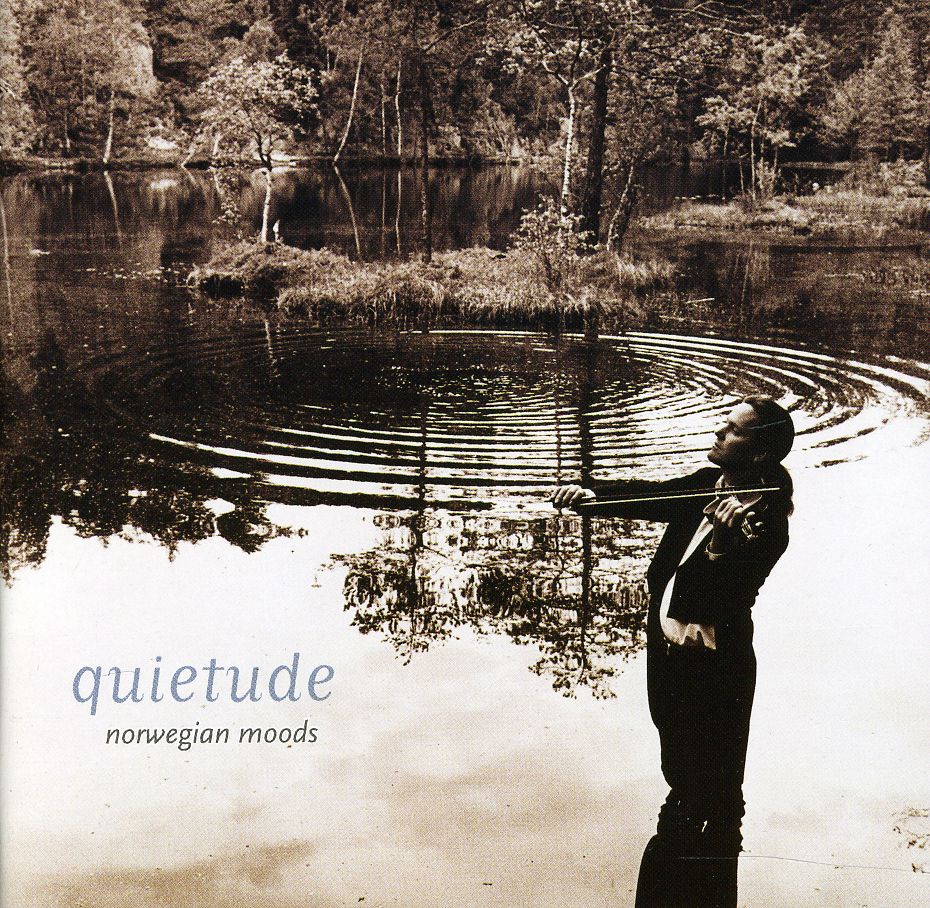
description
in the Key of Life is imperfect but audacious. If its titular concern - life - doesn't exactly allow for rigid focus, it's still a fiercely inspired collection of songs and one of the definitive soul records of the 1970s. Stevie Wonder was unable to control the springs of his creativity during that decade. Upon turning 21 in 1971, he freed himself from the Motown contract he'd been saddled with as a child performer, renegotiated the terms, and unleashed hundreds of songs to tape. Over the next five years, Wonder would amass countless recordings and release his five greatest albums - as prolific a golden period as there has ever been in contemporary music. But Songs in the Key of Life is different from the four albums that preceded it; it's an overstuffed, overjoyed, maddeningly ambitious encapsulation of all the progress Stevie Wonder had made in that short space of time. Zeth Lundy's book, in keeping with the album's themes, is structured as a life cycle. It's divided into the following sections: Birth; Innocence/Adolescence; Experience/Adulthood; Death; Rebirth. Within this framework, Zeth Lundy covers Stevie Wonder's excessive work habits and recording methodology, his reliance on synthesizers, the album's place in the gospel-inspired progression of 1970s R'n'B, and many other subjects.
member goods
No member items were found under this heading.
listens & views

EMBALMING THEATRE / EXULCERATION SPLIT
by EMBALMING THEATRE / EXULCERATION
COMPACT DISCout of stock
$27.49
Return Policy
All sales are final
Shipping
No special shipping considerations available.
Shipping fees determined at checkout.






